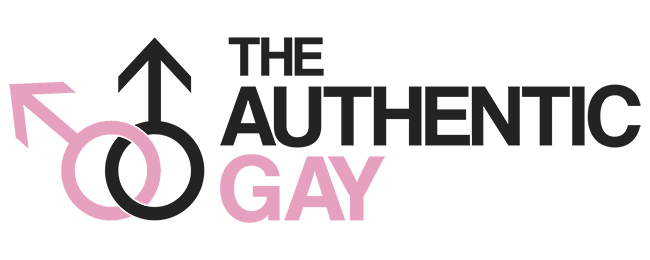How History Has Impacted Modern Gay Love and Relationships
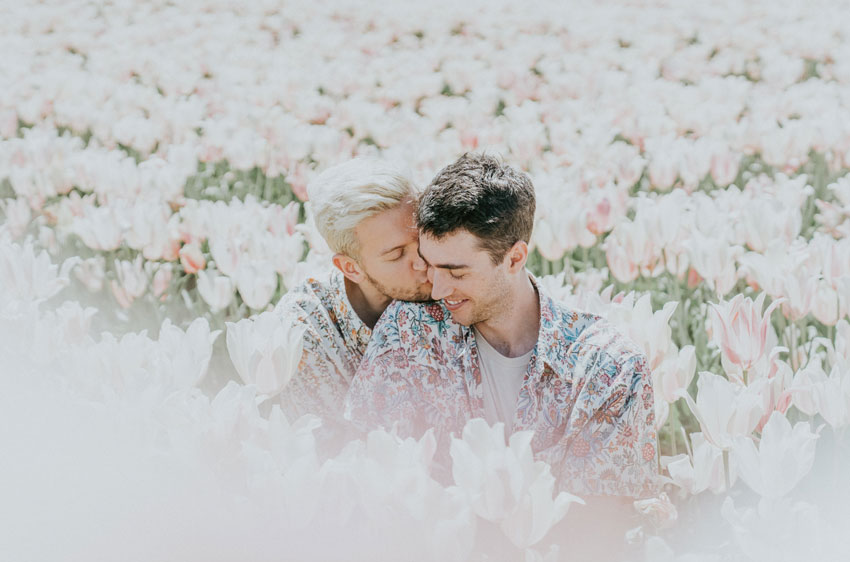
In a recent study that asked 13-to-20-year-olds if they identify as “exclusively heterosexual”, less than half answered that they did.
Generation Z may be more open-minded to the realities of sexuality and gender, but things weren’t always this fluid. While everything from gay sugar daddy apps to same-sex parenting classes are free to operate in the open today, it took blood, sweat, and tears to get here.
So how did we get from intolerance and persecution to where we are now? And what does modern gay love look like in the context of this progress and liberation?
Keep reading as we explore the history of gay love and have a look at how far we’ve come over the centuries.
Gay Love in History
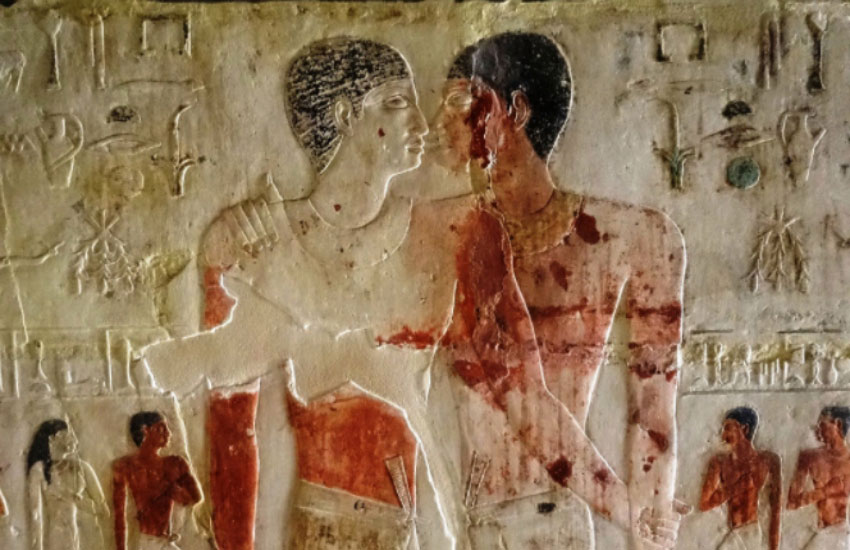
For anybody only mildly older than Generation Z, acceptance and even tolerance of homosexuality, transsexuality, and other non-binary, non-CIS sexual and gender identities is a relatively new concept. Many of us grew up in a generation that used the word “gay” as an adjective to describe something uncool, and the generations before that grew up with anti-sodomy laws and the characterization of homosexuality as a form of psychosis.
With those societal values embedded in our collective consciousness, it’s difficult to imagine that, at least in the context of thousands of years of human history, heteronormativity is a relatively new construct. The binary of “gay” and “straight” didn’t exist until strict and intolerant religious moral codes began to shape Western society and spread to the rest of the world through the process of colonialism.
Before that, many pre-colonial societies held more flexible and fluid definitions of gender, sexuality, and sexual relationships:
Before the race to colonize Africa in the late 19th century, many tribal African cultures were openly accepting of non-heterosexual relationships. In fact, homosexuality was often viewed as a normal part of adolescent development. It wasn’t until the introduction of Christianity that LGBTQ+ individuals and practices were stigmatized. In many African nations today, those Christian values have progressed to extremes in the form of strict anti-homosexuality laws as well as violence against and oppression of LGBTQ+ people and the community as a whole.
Ancient Egypt followed a similar trajectory. What was once a society that condoned incest, held concubines sacred, and celebrated sex after death, is now among the most oppressive nations in the world when it comes to their LGBTQ+ community. Ancient Egypt accepted homosexual relationships under any number of circumstances, but today, it’s a country that criminalizes the expression of any idea that is deemed to be immoral – and homosexuality is considered a behavior at the top of the “immoral” list.
In the Americas, many indigenous cultures recognize individuals who fall outside of traditional gender binaries. In some cultures, sacred roles such as matchmaker, storyteller, and potter, are reserved for such individuals. In 1990, indigenous Americans created the umbrella term “two-spirit”. The term is a celebration of gender fluidity and an outward expression of a long-standing practice of acceptance and understanding in indigenous American communities and cultures.
Homosexuality was common in Ancient Greece – likely one of the only societies we can assume there were indeed gay sugar daddy and gay sugar baby relationships – and that’s no secret. Ancient China was no different – with nearly every emperor in the Han Dynasty having at least one male sexual partner.
And so it was throughout the pre-Christian, pre-colonial world. Although LGBTQ+ people have been marginalized, oppressed, and victimized through history and in many cultures, there have been many places and points where they were not only accepted as part of normal life, growth, and development, but celebrated.
What Happened?
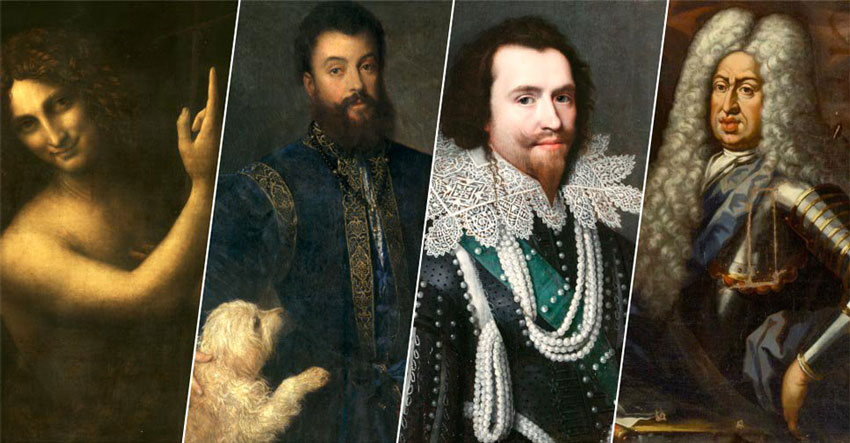
The idea that anything falling outside of heteronormative behavior or relationships was deviant, wrong, or otherwise unacceptable, largely came from a Christian moral code wherein intolerance grew throughout the Middle ages and reached their peak during the Medieval Inquisitions. This code drew its strength from biblical interpretations that classified male-to-male sexual contact as sodomy, and which the bible rejected.
During the Renaissance, homosexual relationships were even further oppressed by the Roman Catholic Church. In that period, homosexuality went from being legal throughout most of Europe, to a crime punishable by death in almost all states. In France, for example, individuals found guilty of sodomy would lose their testicles for their first offense; for their second offense, their penis was removed; and for the third, they were sentenced to death.
By the late 19th century, the field of psychology began in its own classification of sexual deviancy – this one not backed by the omnipotent judgments of God, but by (what was then considered) scientific inquiry. Now there were mental health explanations for the condemnation of homosexuals and the concept of degeneracy entered the lexicon of words used to describe individuals and behaviors falling outside what was considered normal.
Over the centuries, this culminated in the cultural assumption – or rather, expectation – that “normal” sexuality means being attracted to individuals of the sex opposite to your own. That cultural assumption is so embedded in Western society that, up until 1986, homosexuality was defined as a psychiatric disorder in the American Psychiatric Association’s diagnostic manual.
The Movement
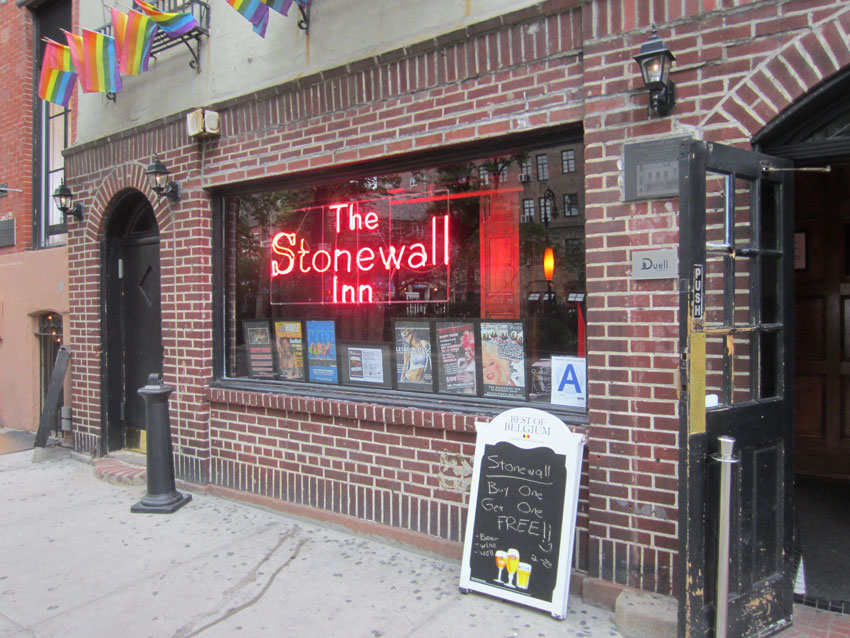
Laws throughout the world literally banned homosexuality and any deviance from the sexual norm. And what role law played in the oppression and marginalization of the community is of little consequence in comparison to the cultural attitudes and beliefs toward homosexuality, transsexuality, and any non-binary sexual expression. Though no longer punishable by death, homophobia and intolerance weren’t dealt with on the political stage until the late 1960s.
In the mid-20th century, gay bars began to pop up across American cities. These were important spaces for individuals to express their sexuality or gender without fear of persecution. Generally considered the event that initiated the modern gay rights movement, the Stonewall Riots are still commemorated for their importance today, and it all started in these bars.
In June of 1969, there were a series of violent conflicts between police and patrons of a well-known gay bar in New York City called the Stonewall Inn. What was supposed to be a routine police raid quickly turned into a riot as gay men, lesbians, transwomen, transmen, and other people fought the police.
The riots were followed by smaller demonstrations through Greenwich Village and the surrounding area; they spurred the creation of a number of activist groups, changed the conversation around activism, and breathed the context of the civil rights movement into the LGBTQ+ community.
Where We Are Today
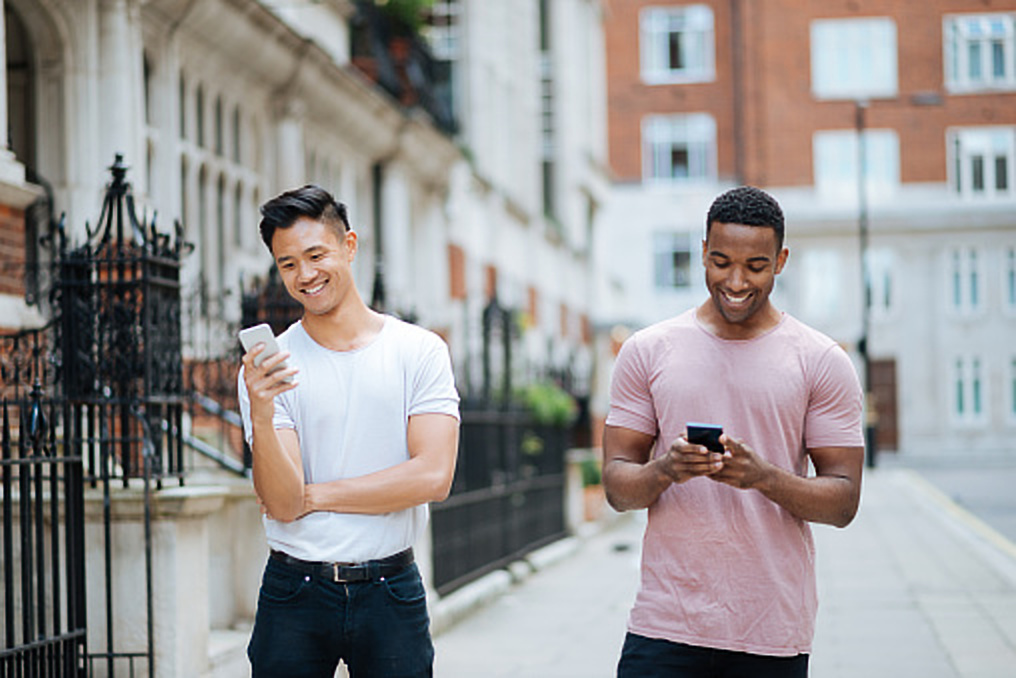
Since that time, the way the American citizenry views homosexuality has, by and large, transformed. The majority of individuals and institutions no longer view homosexuality as a medical affliction, religious deviance, or as an individual choice. Homosexuality is better understood as an indivisible part of a person’s identity and, culturally speaking, acceptance and tolerance are lightyears ahead of where we were even 30 years ago.
For example, 57% of Americans believed that gay sex should be illegal, according to a survey conducted in 1989. In 2019, that same question represents only 26% of popular opinion. Same-sex marriage is legal in the US and in many other countries around the globe, openly gay individuals can serve in the military, and anti-discrimination laws protect the rights of the LGBTQ+ community as a whole.
And while we still have a long way to go in terms of inclusivity and understanding, we have to acknowledge that we’ve come a long way.
Take, for example, the fact that we live in the age of the application. And what’s more indicative of tolerance and acceptance than the host of gay dating apps out there? Whether you’re looking for a quick hook up on a lonely night, a gay sugar daddy looking for your gay sugar baby, a bear looking for cub there’s an app or gay dating website out there designed with your desires in minds.
What started with Grindr has evolved into a world in and of itself. Launched nearly a decade ago and known as the Holy Grail of the gay dating world, Grindr made it possible to meet likeminded men in your immediate vicinity. More importantly, the app opened the queer digital dating space to millions of LGBTQ+ people and made it possible for them to meet and form relationships in the same way as heteronormative couples online. In fact, Grindr came before heterosexual, geolocation, dating apps like Tinder and Bumble.
But let’s be honest, Grindr acts more as a hookup app than a legitimate dating site. Which is the second half of its beauty: it normalized aspects of homosexual relationships that aren’t considered “normal” in heteronormative relationships by providing a platform for those practices.
For example, the concept of hooking up outside of a committed relationship, or an open relationship, is scandalized in the heterosexual sphere – does anybody remember Ashley Madison? But from those beginnings, there are now apps and sites tearing down the veil and celebrating all aspects of non-heteronormative relationships. That includes gay sugar daddy sites and gay sugar daddy apps that breakdown the barriers to these increasingly common, mutually beneficial relationships in the gay community.
While financial offers aren’t exactly hard to find on apps like Grindr, the application wasn’t built for that purpose and the app’s creators are cracking down. At the same time, the number of people seeking these arrangements is increasing exponentially, as evidenced by Google Trends and the heightened interest in gay sugar daddy searches. In the context of the huge costs of post-secondary education and student loan debt, and in a society that’s become increasingly accepting and tolerant, where cultural expectation around relationships and traditions are changing, it’s no wonder that gay sugar daddy apps and sites are not only abundant, but well-known around college campuses and the like.
Where We Have To Go
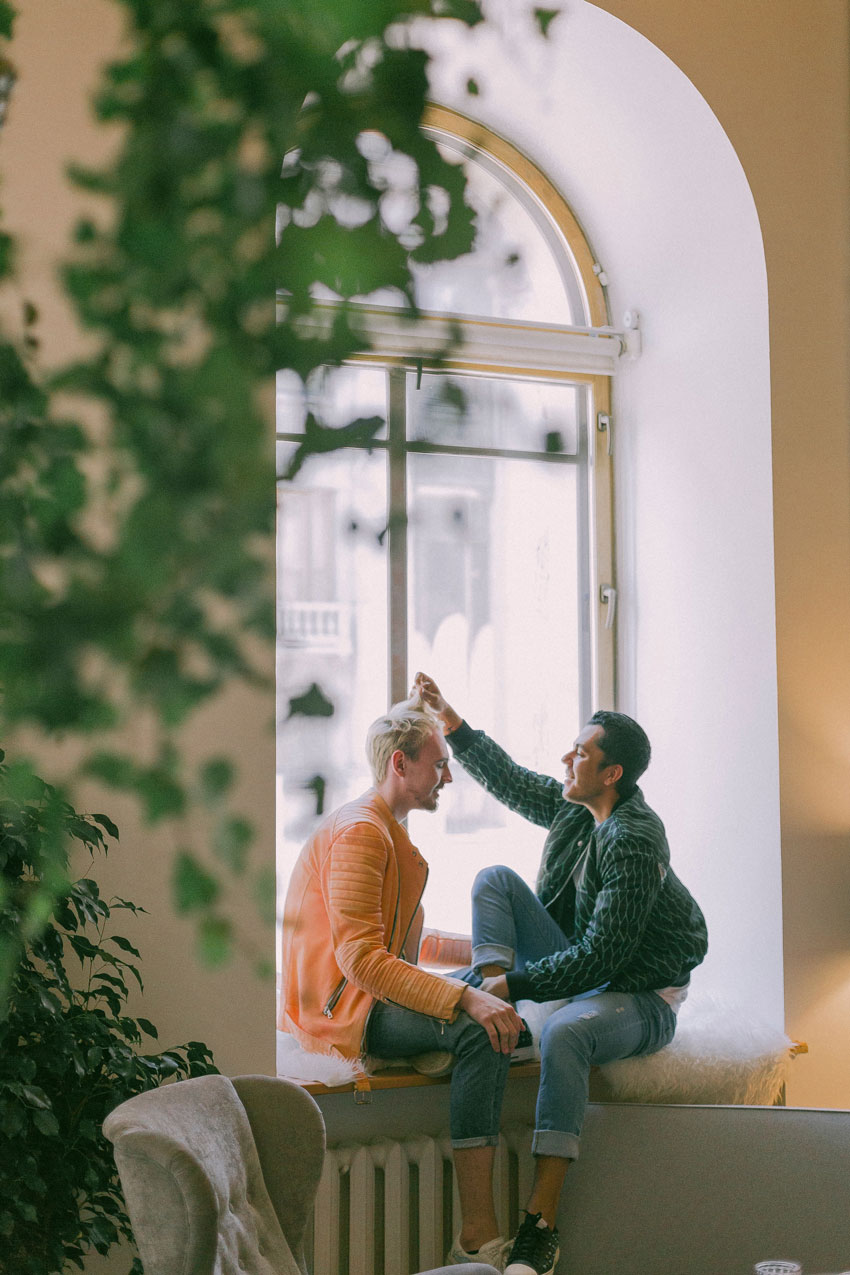
Gay dating apps and resources like gay sugar daddy sites are a very obvious example of how homosexuality and non-heteronormative expressions of sexuality and gender are increasingly visible in the Western world. Individuals who only 50 years ago were confined to exploring and expressing their sexuality in bars that could be raided at any moment, now have the freedom to meet in the same ways as anybody else, to be married, to have children, to be represented, to have a voice, and to be afforded the same rights as our heterosexual neighbours.
And as homosexuality moved into the sphere of what’s considered “normal” over the last 20 years, the movement has evolved. Today, the LGBTQ+ movement is as much about the rights of gays and lesbians as it is about transgender activism. We’re transforming the way we speak about gender and we’re starting to question binary identifications that have, for too long, placed limitations and boundaries on our collective consciousness.
This evolution out of the realm of homosexuality and into that of transgenderism and non-binary signifies a significant shift in cultural attitudes around sexuality and gender – one that’s yet to penetrate all corners of the globe. As rights are extended, protections guaranteed, and societal views transformed at home, it’s important to remember that there are still many places where homosexuality is a punishable offense.
LGBT identification, as well as activism, is still punishable by death in Iran, Iraq, Mauritania, Nigeria, Qatar, Saudi Arabia, Somalia, Sudan, Uganda, and Yemen. In Russia, the LGBTQ+ community faces violent oppression that’s received international attention. And in 75 countries around the world, homosexuality is outright illegal.
Modern gay love can’t be fully celebrated until everybody has the opportunity to express themselves without fear of persecution. So while the Western world has come a long way in a relatively short time, there is still work to be done on the global stage.
